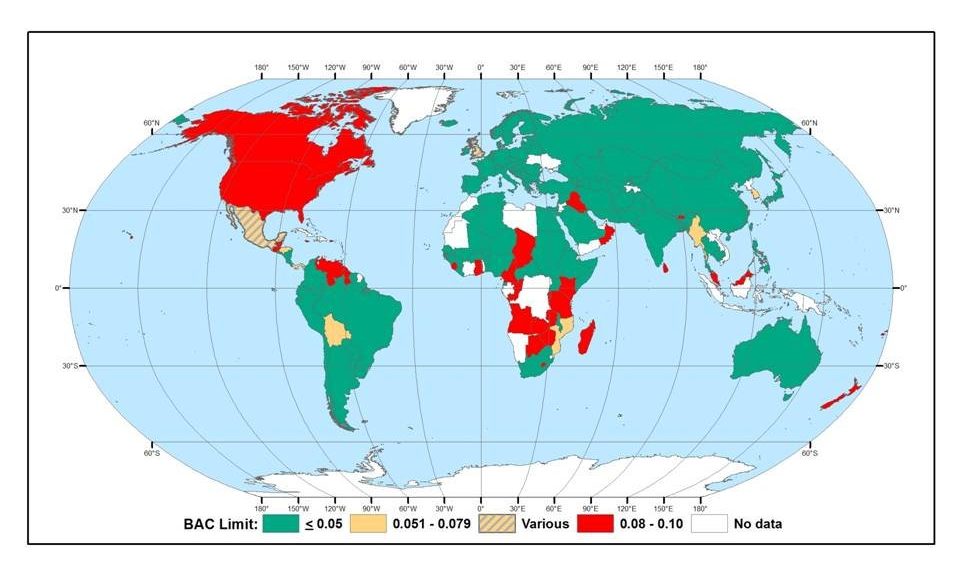UPDATE: HB155 is an effective tool for reducing drunk driving in Utah
- HB155 passed the Utah Senate on 3/8/2017 and was signed by Governor Herbert on 3/23/2017. The bill took effect on December 30, 2018, just in time for the New Years weekend.
- In February 2022, the National Highway Traffic Safety Administration published results from a study that concluded that since 2018, the number of crashes and fatalities fell even though drivers logged more miles.
Lowering BAC is About Saving Lives
Lowering the BAC limit to 0.05 is not about drinking; it is about separating drinking from driving. It is about preventing crashes, injuries, and deaths.
House Bill 155 is about preventing negative behaviors associated with drinking and driving.
It is based on research and evidence that will lead to reduced harm and cost for all tax-payers.
It is time to set a clear policy that in our state it is not OK to drink and drive.
BAC Limits Worldwide

84.5% of the world’s population lives in countries with BAC limit of .05 or lower.
Interview with Dr. Dinh-Zarr
Utah State Rep. Norm Thurston (R-Provo) interviews Dr. Bella Dinh-Zarr, vice chair of the National Transportation Safety Board about the benefits of lowering the legal Blood Alcohol limit to 0.05 during her visit to the Utah State Capitol, Feb. 10, 2017. (Read the brief transcript.)
